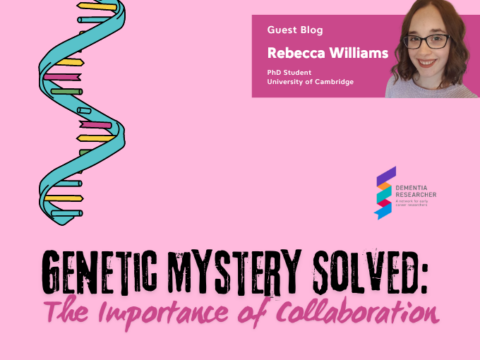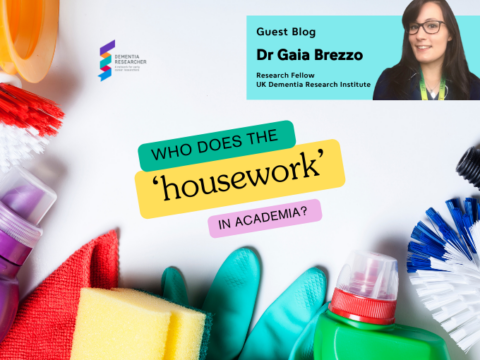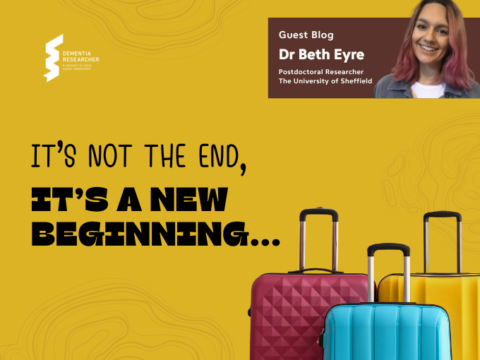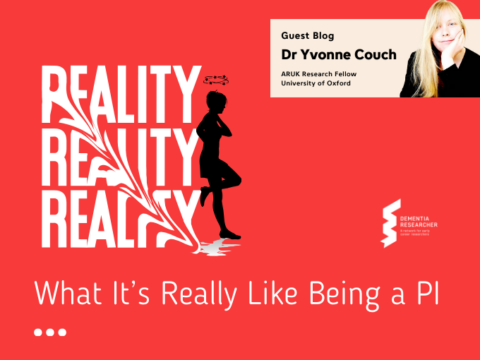If you are an immunologist by training, you might have had a wee giggle at the title of this blog – if you aren’t, fear not, I hope that by the end of this blog you will see the pun too. Today, I am going to take you through the principles of FACS, why it’s such a bread-and-butter technique in the field of immunology and how I am using it in my own research.
Firstly, let’s start from the basics – Florescence Activated Cell Sorting is a technique used to physically isolate, or sort individual cells from a mixed population and analyse their properties. It’s popularity in molecular sciences is driven by the fact that it’s highly versatile, extremely high throughput and allows a multi-parameter analysis of individual cells in real time.
But before we progress any further, we have to set the record straight.
In the field of cell sorting, the terms flow cytometry and FACS are often used interchangeably, but strictly speaking they aren’t the same. The key in where they differ is if the isolated cells are going to be used for further research.
Bear with me.
FACS and flow cytometry are based on the principle that cells can be isolated from a whole tissue and that these can be labelled using fluorescence. And if cells can be labelled with fluorescent antibodies, all we need is a machine that can detect these fluorophores and sort them according to their fluorescent intensity. And luckily for us, such a machine was developed aka the flow cytometer. The flow cytometer is equipped with a laser beam and multiple filters which can measure the fluorescence of your favourite cells as they pass through said laser beam in a continuous flow – like a conga. As each cell congas its way through, it scatters some of the laser light, at which point the cells that are tagged with the antibody will emit a fluorescent light which is picked up by the different detectors.
As each cell is profiled, it appears on a dot-plot which can compare up to 3 parameters simultaneously, allowing researchers to profile their cells of interest there and then. At this point different cell populations will start to emerge. As you plot and compare different antibodies on the x and y axes, each cell (or dot) will fall based on its intensity of expression. Anything to the edges of the x and y axes will have a high expression and anything in the middle or nearer to 0 will have intermediate to low expression. For example, microglia are often referred to as CD45 low (a marker for macrophages/activated microglia), whereas macrophages will fall into a CD45 high category. So based on CD45 expression I should be able to distinguish microglia from macrophages as I sort them. Of course, you would be quite limited in characterising differences between these cell types with only one marker, and the beauty of FACS and flow cytometry is that you can use multiple markers to classify each cell. So, if you ever come across FACS/flow cytometry in papers each cell type will most likely have 4-6 antibody expressions associated with it. For example, microglia are more correctly defined as Ly6G–Ly6C–CD11b+CD45lo.
On top of fluorescence intensity, a flow cytometer can also detect other cell properties, such as size (known as forward scatter) and shape, more correctly termed granularity and known in the field as side scatter. These properties are useful when we come to the analysis, as it’s an easy way to detect and remove debris for example.
And now for the difference. Flow cytometry is used to gather a comprehensive view of cell or cells of interest in a particular sample but not recover the cells after they pass through the cytometer. For example, I might be interested in phenotyping the blood of a stroke patient compared to an individual that hasn’t suffered a stroke. What I would see with flow cytometry are elevated numbers of monocytes and neutrophils in the blood sample of the stroke patient.
If I was particularly interested in isolating the neutrophil population for further study, I would then turn to FACS. Based on the antibodies that I have used to label my neutrophils, an electronic charge (positive or negative) is applied depending on the fluorescence of the cells and sorted in a tube. Recovered cells can be cultured or used for more in-depth phenotypic analysis with techniques like bulk or single-cell-RNA-sequencing.
And single-cell-RNA-sequencing or the ability to classify, characterise and distinguish cells at the transcriptional level is exactly what I embarked on by using FACS. In my latest set of experiments, I was interested in separating – or sorting, resident microglia vs infiltrating monocytes following a stroke and then transcriptionally analyse how these cells are similar and different. With the overall aim of understanding how each cell type contributes to injury resolution. So, for this study, I initially dissected a brain area that suffered an acute stroke, I created a cell suspension which is primarily enriched for macrophages – capturing both microglia and monocyte-derived-macrophages, or MDMs, I stained my cell suspension with antibodies that specifically label microglia and MDMs and then walked over to the flow cytometer with my cells and sorted microglia in one tube and MDMs in another based on 4-5 antibody expressions. Analysis is in progress – stay tuned!
Pretty cool stuff, right? But of course, all techniques have drawbacks.
High numbers of cells are required for FACS to be successful and recovery rates are 50-70% of the initial input, so having an isolation protocol that will yield the highest number of viable cells is key. And no small feat. A postdoc in my research group spent many a month in his PhD tweaking FACS protocols to obtain highly enriched samples of microglia by adding or removing enzymes and optimising which pipettes would cause the least amount of cell death – great fun. And if you are studying rare cell types, it could be an extra challenge.
Knowing how to do FACS well and understanding the ins and outs of the flow cytometer are skills honed over many years. So, it will come as no surprise that highly skilled personnel is required to maintain and use the sorters. Thankfully most universities have designated FACS facilities, overcoming the initial steep learning curve of this technique.
And last but not least, by isolating the cells themselves all spatial information is lost. This might not be such a big concern if you work with blood samples, but if you work in tissues – like myself, knowing where different cells types are located and how this may change following injury is part and parcel of understanding disease aetiology and injury resolution. A technique that can help us supplement what we learn from FACS or flow cytometry is immunohistochemistry, as this technique preserves spatial information. But is instead limited in depth when it comes to phenotyping cells. Primarily due to lack of available antibodies and because this type of staining is a much lengthier process. Whilst a FACS experiment could let you profile 10,000 cells in less than one minute with as many antibodies as there are colours, staining that many cells with immunohistochemistry would require weeks.
Hopefully you are all still with me, but if you are after a short and sweet summary here goes-
Both flow cytometry and FACS are irreplaceable techniques that enable researchers to measure and characterise multiple cell parameters by using specific antibodies tagged with fluorescent dyes. FACS has an added degree of functionality, allowing the researcher to sort a biological sample to physically collect their favourite cell of interest for further awesome analysis.
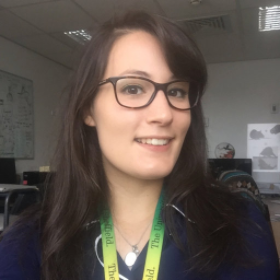
Dr Gaia Brezzo
Author
Dr Gaia Brezzo is a Research Fellow based within the UK Dementia Research Institute at The University of Edinburgh. Gaia’s research focuses on understanding how immune alterations triggered by stroke shape chronic maladaptive neuroimmune responses that lead to post-stroke cognitive decline and vascular dementia. Raised in Italy, Gaia came to the UK to complete her undergraduate degree, and thankfully, stuck around. Gaia writes about her work and career challenges, when not biking her way up and down hills in Edinburgh.

 Print This Post
Print This Post
